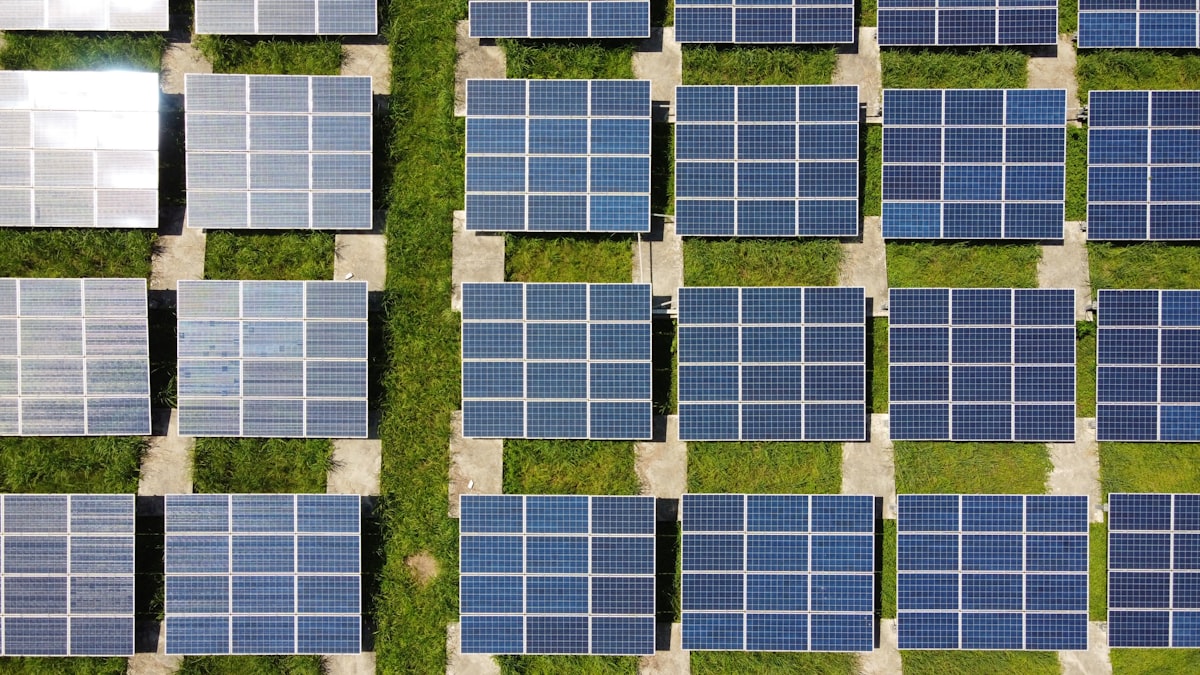Sustainability in the 21st Century: The Crisis of the Earth
In the last 50 years, the population has doubled, but resource and energy extraction have tripled. Sustainability strategies must be considered a fundamental part of the vision for the future. In 60 years, our ecological footprint has more than doubled due to the excessive use of energy.





